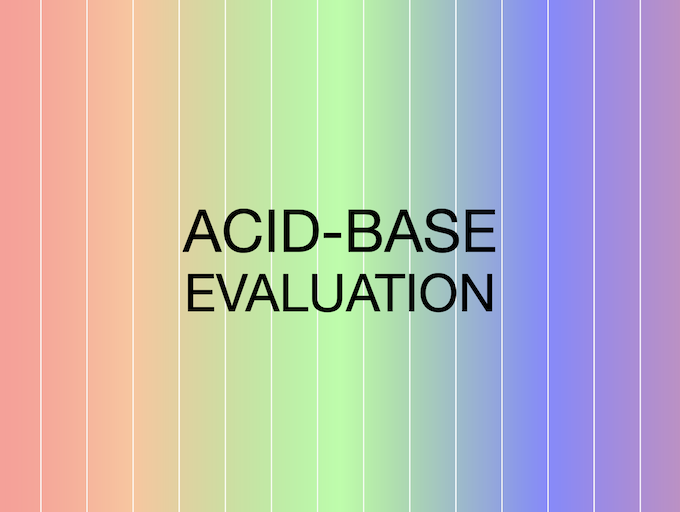
Blood Gas Interpretation
The blood gas is used to rapidly assess ventilatory function and identify acid-base disorders – and will also generally provide point-of-care testing of a number of values such as electrolytes, blood glucose and haemoglobin.

The blood gas is used to rapidly assess ventilatory function and identify acid-base disorders – and will also generally provide point-of-care testing of a number of values such as electrolytes, blood glucose and haemoglobin.

OVERVIEW Anion Gap = Na+ – (Cl- + HCO3-) The Anion Gap (AG) is a derived variable primarily used for the evaluation of metabolic acidosis to determine the presence of unmeasured anions The normal anion gap depends on serum phosphate…

Normal Anion Gap Metabolic Acidosis (NAGMA). HCO3 loss and replaced with Cl- -> anion gap normal. if hyponatraemia is present the plasma [Cl-] may be normal despite the presence of a normal anion gap acidosis -> this could be considered a 'relative hyperchloraemia'.

A metabolic acidosis is a process which, if uncorrected, would lead to an acidaemia. It is usually associated with a low bicarbonate concentration (or total CO2), but an acidosis may be masked by a co-existing metabolic alkalosis.

An 87 year old female presented with a subarachnoid haemorrhage. GCS 8/15. Can you figure out her acid-base disturbance?

A 6 year-old boy presents with 5 days of vomiting. He is drowsy, lethargic and is now too weak to walk. What's going on?
the case. a 43 year old male presents to your ED with a three day history of severe epigastric pain and recurrent vomiting. He has now become increasingly breathless and is complaining of severe retrosternal chest pain.